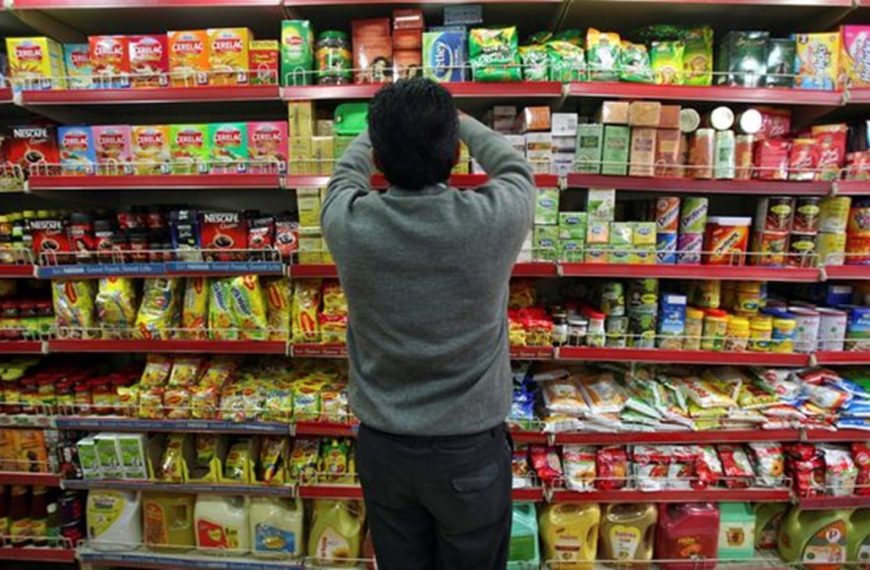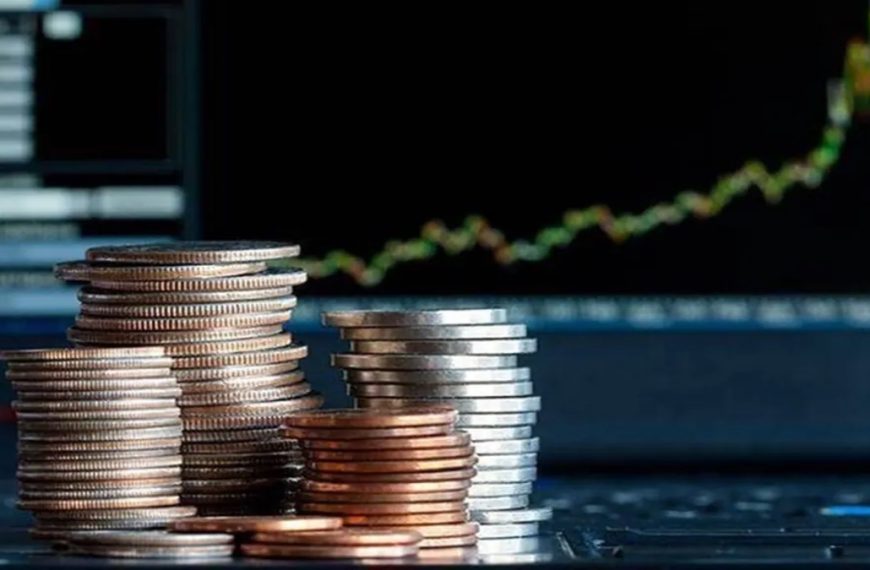The recent decision by US President Donald Trump to impose a sweeping 26% tariff on imports from India has triggered significant concern across various sectors. While this move threatens to disrupt several industries within India, some sectors may find themselves in a more favorable position. Indian exports to the US encompass a diverse range of products, including pharmaceuticals, telecom equipment, gemstones, petroleum, and ready-made garments. Conversely, the US imports essential commodities from India, such as crude oil, coal, and electric machinery.
Understanding the Tariff Calculations
A report by the New York Times sheds light on the methodology behind these tariff figures. White House officials indicated that these numbers were derived from assessments by the Council of Economic Advisers. Though the calculations involve complex formulas, they are fundamentally based on the US trade deficit with a given country divided by that country’s exports. However, it’s worth noting that this approach has its flaws, including the inclusion of non-tariff measures like domestic taxes, which could skew the results.
Key Industries Facing Challenges
The electronics and gems and jewellery sectors are among the hardest hit by this tariff increase. The US imports approximately $14 billion in electronics and over $9 billion in gemstones and jewellery from India. While the pharmaceuticals, semiconductors, and critical minerals sectors have been spared from these tariffs, the implications for other industries are significant.
-
Electronics Sector: With exports valued at $14 billion, the electronics industry could see a decline in demand as higher tariffs may drive up prices for American consumers. Ashok Chandak, President of the IESA, noted that while tariffs could impact exports, India may still remain competitive as other nations face even steeper tariffs.
-
Pharmaceutical Sector: Although pharmaceuticals are currently exempt from these tariffs, experts advise caution. Tausif Shaikh, an analyst at BNP Paribas, cautioned that should a 10% tariff be introduced in the future, the impact might still be minimal, especially as the sector is temporarily shielded from reciprocal tariffs.
- Automobile Industry: The automobile sector will not be directly affected by the new tariffs, but it still faces a 25% tariff that was announced previously. According to Mrunmayee Jogalekar, an analyst at Asit C Mehta Investment Intermediates Ltd, the auto component industry relies heavily on exports, with around 30% of revenue coming from the US market. This could negatively impact profit margins.
Gems and Jewellery Sector Under Pressure
India exports $9 billion worth of gems and jewellery to the US, and the new tariffs could lead to increased prices that make Indian products less competitive. The Gem and Jewellery Export Promotion Council (GJEPC) has called for the Indian government to expedite a Bilateral Trade Agreement with the US to mitigate the impacts of these tariffs. Paresh Parekh, a partner at EY India, highlighted the ongoing struggles within the sector due to changing consumer preferences and rising gold prices, emphasizing that these new tariffs could exacerbate existing challenges.
Textiles and Apparel Outlook
The US is a crucial market for Indian textiles, with exports totaling $9.6 billion. Analysts believe that while the increased tariffs might negatively affect exports, they could also provide a competitive edge for India. Manish Jain, Chief Strategy Officer at Mirae Asset Capital Markets, pointed out that Indian textiles could benefit as competitors like Vietnam and Bangladesh face even higher tariff rates.
Conclusion
In summary, while the 26% tariff imposed by the US poses several challenges for Indian exporters across multiple sectors, there are also potential opportunities for growth in specific industries. As the situation unfolds, stakeholders will need to navigate these changes carefully to safeguard their interests in the evolving trade landscape.











